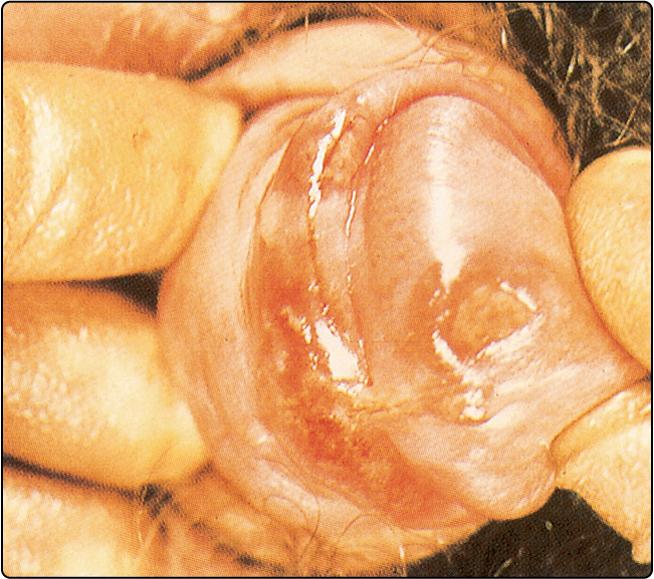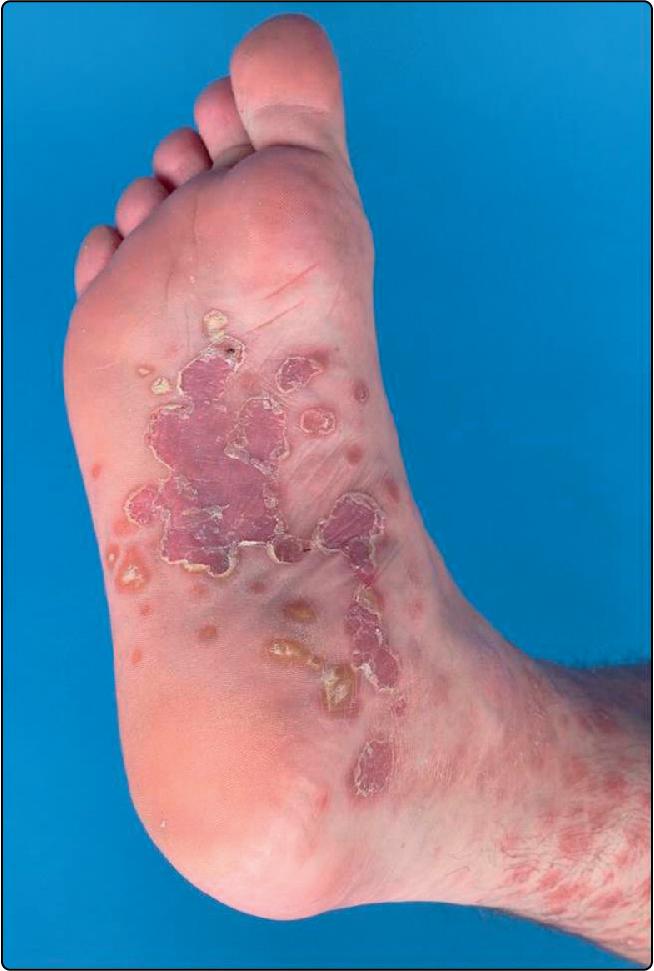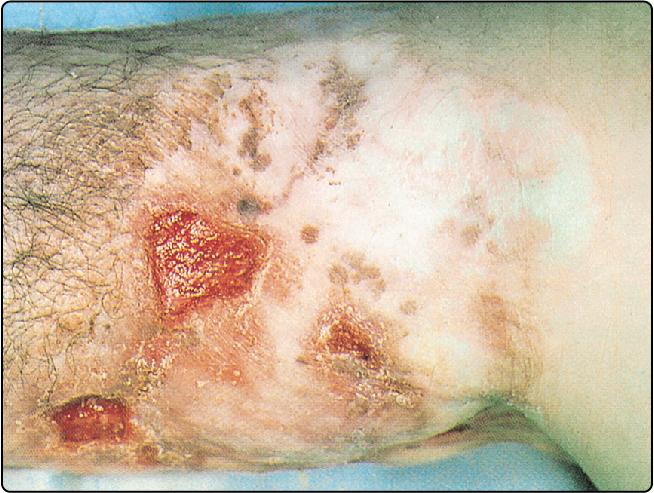Physical Address
304 North Cardinal St.
Dorchester Center, MA 02124
In the UK and Ireland, genitourinary medicine has traditionally been a separate specialty from dermatology, but the two are combined as ‘dermatovenereology’ in many countries. It has become increasingly important for those treating skin disease to know more about genitourinary disorders. Genitourinary diseases range as follows (see also Table 70.1 ): syphilis, gonorrhoea, human immunodeficiency virus (HIV) infection (Chapter 70), chlamydial infection, pelvic inflammatory disease, vaginitis, chancroid, viral warts (p. 68), genital herpes simplex (p. 69), hepatitis B and hepatitis C, vulval/perianal dermatoses and penile/scrotal dermatoses. The latter diseases are described in Chapters 71 and 72 .
| Condition | Organisms | Clinical features | Therapy |
|---|---|---|---|
| Non-gonococcal urethritis | Chlamydia trachomatis Ureaplasma urealyticum Mycoplasma genitalium |
Males: dysuria, frequency, urethral discharge or asymptomatic | Single dose of azithromycin 1 g orally or doxycycline 100 mg twice daily for 7 days |
| Chlamydial mucopurulent cervicitis | Chlamydia trachomatis (exclude Neisseria gonorrhoeae ) | Females: asymptomatic or yellow cervical exudate | Single dose of azithromycin 1 g orally or doxycycline 100 mg twice daily for 7 days or erythromycin |
| Pelvic inflammatory disease | Chlamydia trachomatis Neisseria gonorrhoeae Anaerobes Gardnerella vaginalis Mycoplasma genitalium |
Acute abdominal pain and tenderness, fever, raised white blood cell count | Intramuscular ceftriaxone followed by oral doxycycline plus metronidazole or oral ofloxacin plus metronidazole for 14 days |
| Vaginitis | Trichomonas vaginalis Gardnerella vaginalis Bacteroides Candida albicans |
Asymptomatic or erythema, itch and discharge: male partners get urethritis and balanitis | Oral metronidazole 2 g single dose or 400–500 mg twice daily for 5–7 days; alternatively tinidazole 2 g orally single dose |
| Chancroid | Haemophilus ducreyi | Single or multiple tender, necrotic, erosive ulcers | Azithromycin 1 g oral single dose (or ciprofloxacin, erythromycin, or i.m. ceftriaxone) |
| Hepatitis B | Hepatitis B virus | ∼40% show any symptoms | Vaccinate at-risk groups; Peginterferon alfa-2a, entecavir and other antiviral agents |
Syphilis is a chronic infectious disease due to Treponema pallidum . Skin signs are seen in all three stages.
T. pallidum may rarely be acquired congenitally or from a contaminated blood transfusion, but the normal mode of transmission is through sexual intercourse.
Primary chancre . About 3 weeks after sexual contact, a primary chancre, a painless ulcerated button-like papule, develops at the site of inoculation. This is usually genital ( Fig. 70.1 ), but oral and anal chancres are seen in men who have sex with men. Regional lymphadenopathy is common. Without treatment, the chancre clears spontaneously in 3–10 weeks. Serology is not positive until 4 weeks after infection, but spirochaetes can be isolated from the chancre.

Secondary stage . This phase starts 4–10 weeks after the onset of the chancre. It is characterized by a non-itchy pink or copper-coloured papular eruption on the trunk, limbs, palms and soles (p. 56; Fig. 70.2 ). Untreated, the eruption resolves in 1–3 months. Serology is positive.

Tertiary stage . About 30% of patients with untreated syphilis will develop late lesions, usually after a latent period of years. Painless nodules, sometimes with scaling, develop in annular or arcuate patterns on the face or back. Subcutaneous granulomatous gumma—usually on the face, neck or calf—ulcerate, scar and never heal completely ( Fig. 70.3 ). Cardiovascular syphilis and neurosyphilis may coexist.

Primary or secondary syphilis is treated with a single dose of benzathine penicillin G 2.4 MU i.m. or doxycycline 100 mg PO twice daily for 2 weeks, or azithromycin 1 g PO single dose. All patients should be offered screening for HIV and need contact tracing and assessment for other venereal diseases. Alternative regimens are required for pregnancy and children, and are best undertaken in conjunction with those with experience of genitourinary medicine.
Become a Clinical Tree membership for Full access and enjoy Unlimited articles
If you are a member. Log in here